CARING WITH FAMILY
|
| The level of affection a breed is likely to show towards family members and familiar individuals can vary greatly. Certain breeds may display a certain aloofness, preferring to reserve their affection exclusively for their owners, while others have a friendly nature that extends to everyone they know, treating them as if they were their closest companions. |
LOVE WITH CHILDREN
Unwise
Good With Children
|
| When considering a breed's suitability for families, it is essential to take into account their tolerance and patience with children's behavior. While individual dogs' temperament can vary, some breeds are known for their exceptional family-friendly nature. |
BEHAVIOR WITH DOGS
Unwise
Good With Other Dogs
|
| The overall friendliness of a breed towards other dogs can vary. It is important to note that all dogs, regardless of breed, should always be supervised during interactions and introductions with other dogs. However, certain breeds are known to have a more innate tendency to get along well with other dogs both within their home environment and in public settings. Proper socialization and introducing dogs in a controlled manner can contribute to fostering positive interactions between canines and promote a harmonious coexistence. |
SHEDDING LEVELS & MANAGEMENT
No Shedding
Hair Everywhere
|
| The amount of fur and hair a breed is likely to leave behind can vary significantly. Breeds that have a high shedding tendency will typically require more frequent brushing to manage their loose hair. It's worth noting that high-shedding breeds may also be more likely to trigger allergies in certain individuals. |
COAT GROOMING STANDARDS
|
| The grooming requirements of a breed can vary in terms of bathing, brushing, trimming, and other forms of coat maintenance. It's important to consider your available time, patience and budget for such care when selecting a breed. Some breeds may require more frequent bathing, brushing and even professional grooming services to keep their coats in optimal condition. |
DROOLING INTENSITY
Less Likely to Drool
Always Have a Towel
|
| The propensity for drooling can vary among different breeds. For individuals who value cleanliness and have a preference for a neat environment, breeds that tend to drool excessively may not be the most suitable choice. Certain breeds can leave ropes of slobber on your arm or create significant wet spots on your clothes. |
COAT STYLES GUIDE |
| Double |
| COAT SPECTRUM |
| Short |
FRIENDLINESS
Reserved
Everyone Is My Best Friend
|
| The receptiveness of a breed towards strangers can vary. Certain breeds may exhibit reserved or cautious behavior around unfamiliar individuals, regardless of the situation or location. On the other hand, there are breeds that possess a friendly and amiable nature readily welcoming new humans whenever the opportunity arises. It's important to consider the temperament of a breed and evaluate whether a more reserved or sociable demeanor aligns with your preferences and lifestyle when selecting a dog. |
LIVELINESS
Only When You Want To Play
Non-Stop
|
| The level of enthusiasm for play can vary among different breeds, even beyond their puppyhood. While some breeds maintain a strong desire to engage in interactive games like tug-of-war or fetch well into their adult years, others are more inclined to be content with relaxed activities and enjoy spending their time lounging on the couch with their owners. |
VIGILANCE INTENSITY
What's Mine Is Yours
Vigilant
|
| Some breeds have a heightened tendency to alert their owners when strangers are present. These vigilant breeds are more likely to react to potential threats including the likes of the mailman or a squirrel outside the window. They possess a strong instinct to notify their family of any perceived danger. |
ADAPTATION CAPACITY
Lives For Routine
Highly Adaptable
|
| The adaptability of a breed to handle change can vary. Some breeds are known for their ability to handle various changes in living conditions, noise levels, weather conditions and alterations in the daily schedule with relative ease. These breeds tend to be more flexible and adaptable adjusting well to new situations. |
OBEDIENCE LEVEL
Self-Willed
Eager to Please
|
| The ease of training and the willingness of a dog to learn new things can vary among different breeds. Some breeds are known for their high trainability and eagerness to please their owners. These breeds are generally receptive to training, enjoy learning new commands and strive to make their owners proud. They are often characterized by their intelligence and willingness to work with their human companions. |
STAMINA LEVEL
|
| The amount of exercise and mental stimulation a breed requires can vary greatly. High-energy breeds tend to be more active requiring plenty of physical exercise to burn off their energy. They thrive on activities such as running, jumping, playing and engaging in various forms of exercise throughout the day. Regular exercise is essential for their well-being and helps prevent behavioral issues that may arise from pent-up energy. |
VOCALIZATION
|
| Likes To Be Vocal |
LEARNING CURIOSITY LEVEL
Happy to Lounge
Needs a Job or Activity
|
| The amount of mental stimulation a breed needs to stay happy and healthy can vary. As you mentioned, purpose-bred dogs often have jobs that require mental engagement, decision-making, problem-solving and concentration. Without adequate mental exercise, these breeds may become bored, restless, or exhibit problem behaviors as they try to find ways to keep their minds occupied. |
| COLORS |
|
Description
|
Registration Code
|
|
Black
|
007
|
|
Apricot
|
002
|
|
Black & Tan
|
018
|
|
Blue
|
037
|
|
Chocolate
|
071
|
|
Cream
|
076
|
|
Fawn
|
082
|
|
Gray
|
100
|
|
Red
|
140
|
|
White
|
199
|
|
| PATTERNS |
|
Description
|
Registration Code
|
|
White Markings
|
014
|
|



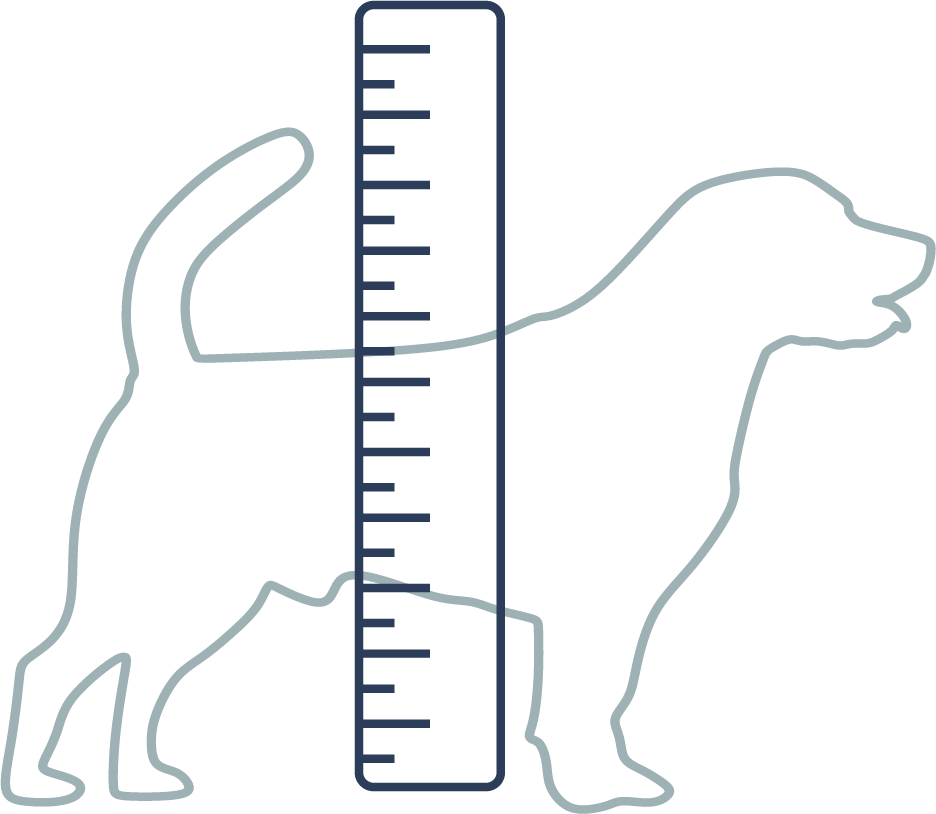


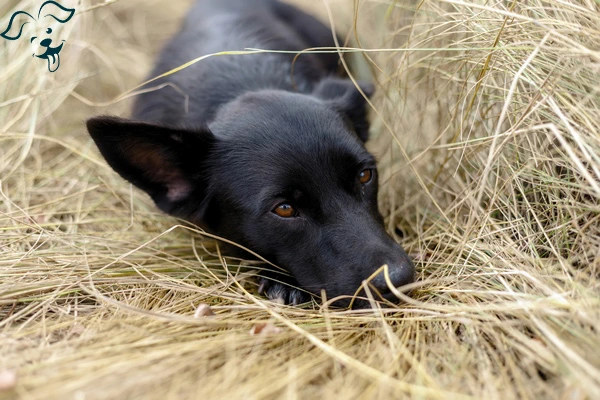
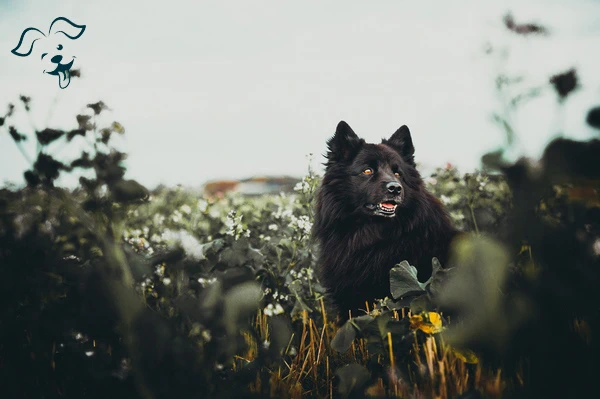
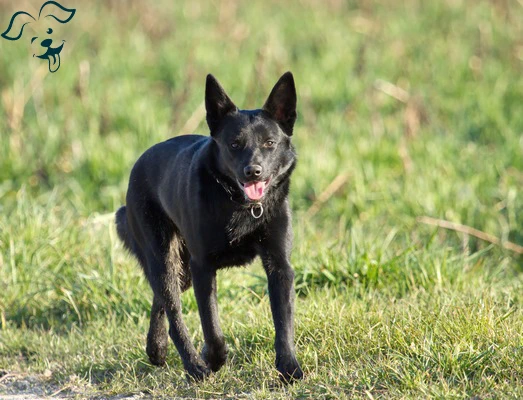










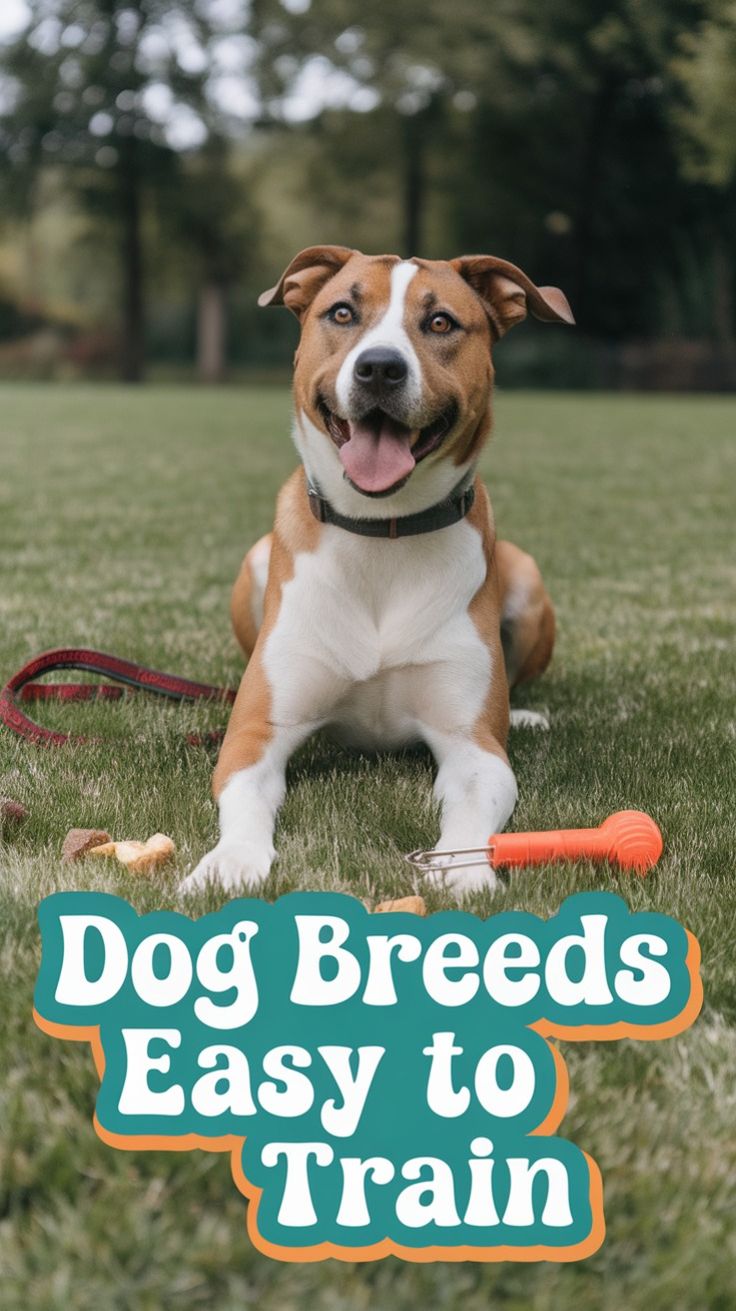
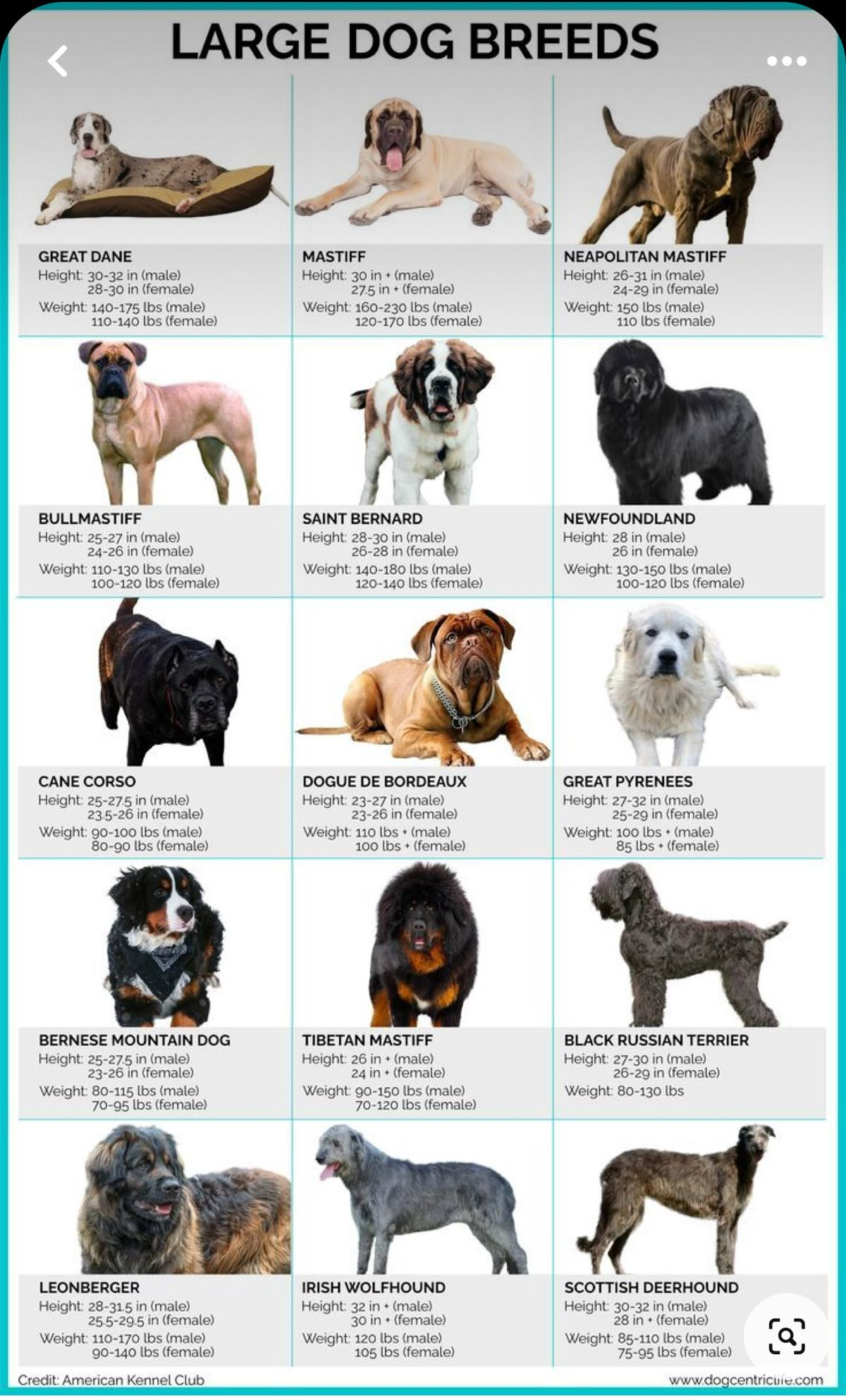

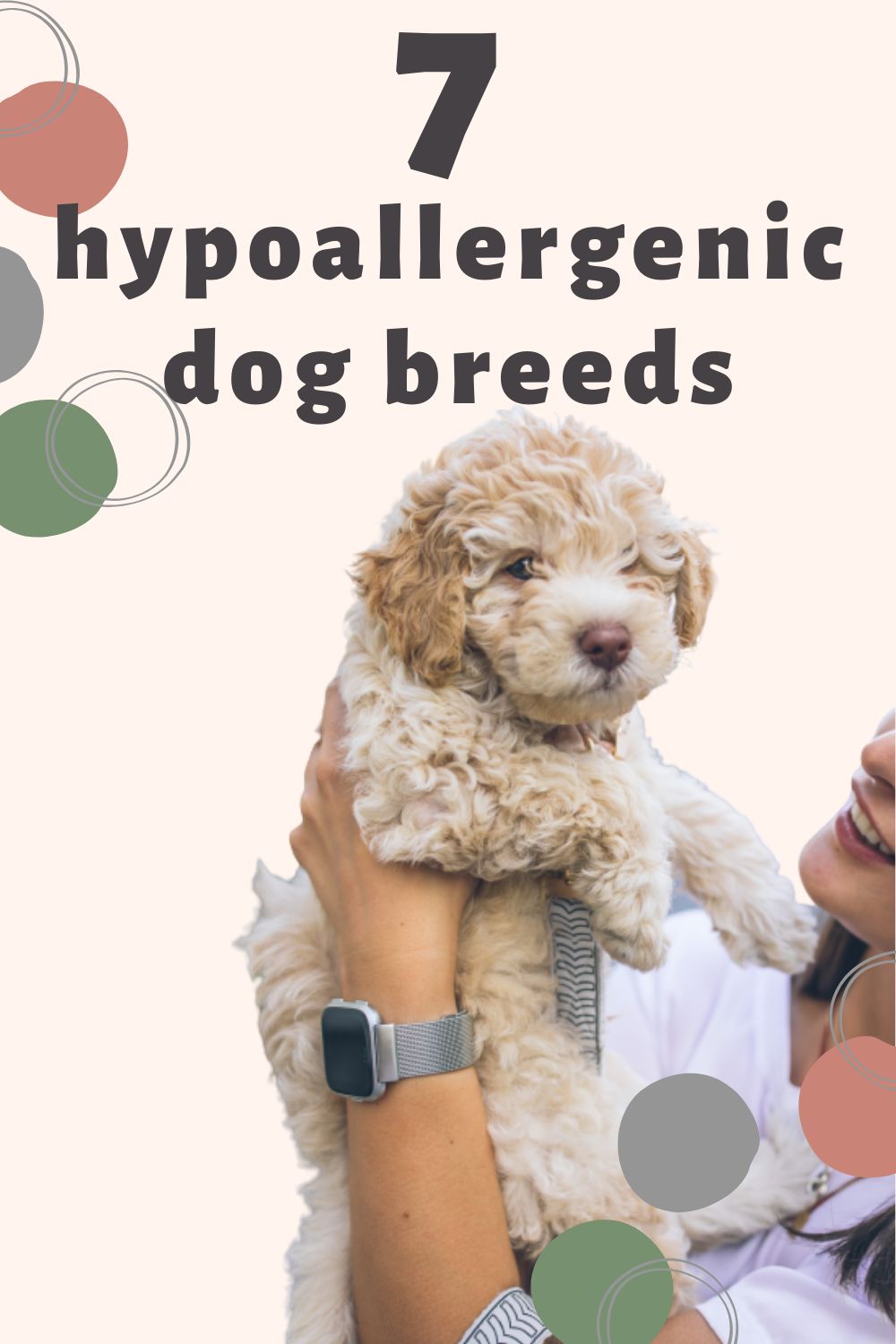




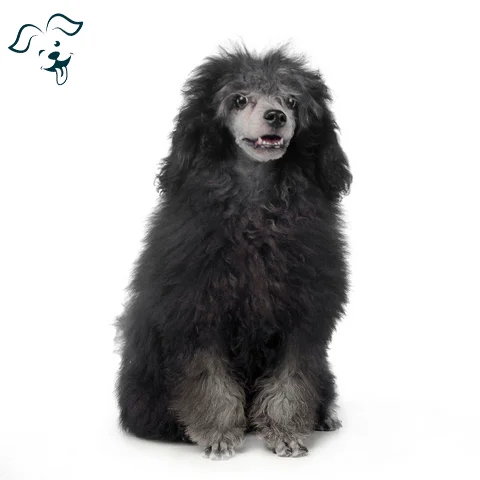

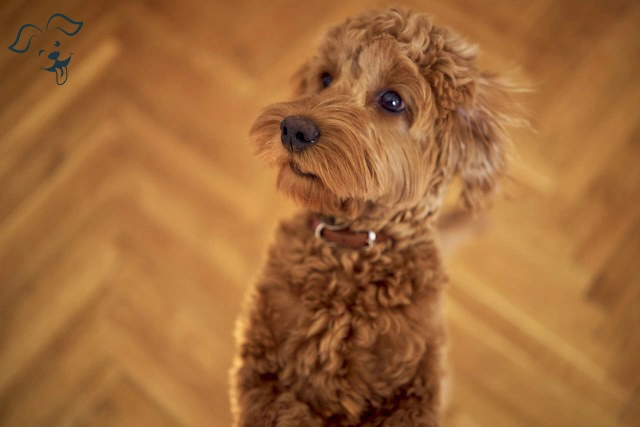
FRIENDLINESS
LIVELINESS
VIGILANCE INTENSITY
ADAPTATION CAPACITY